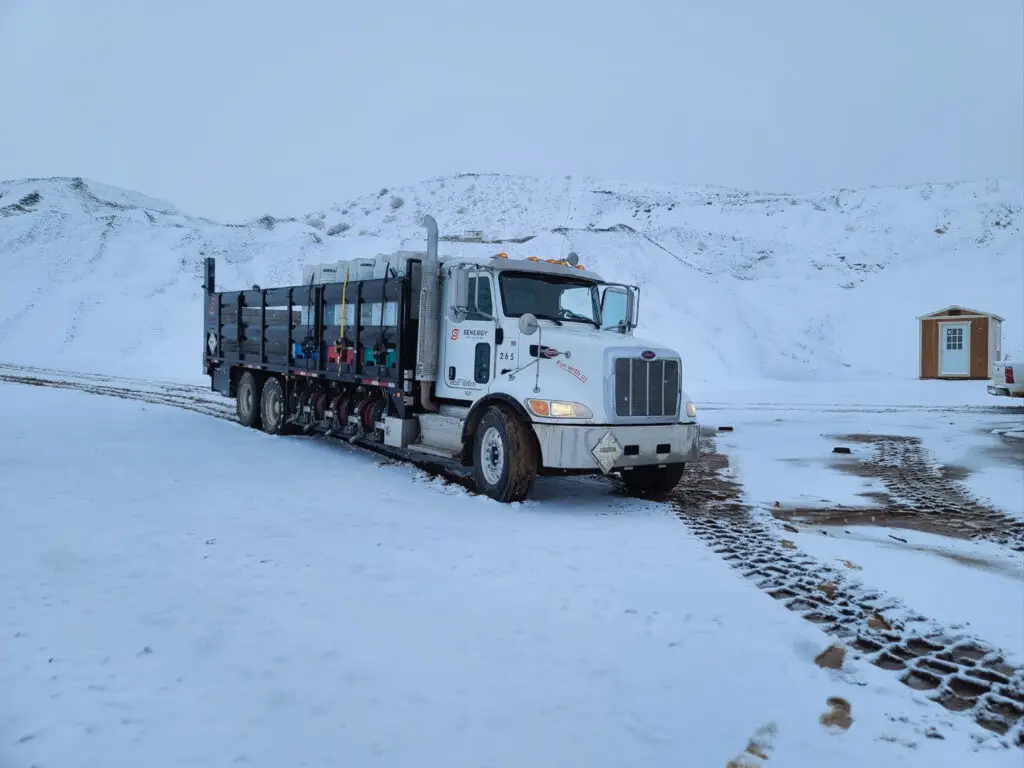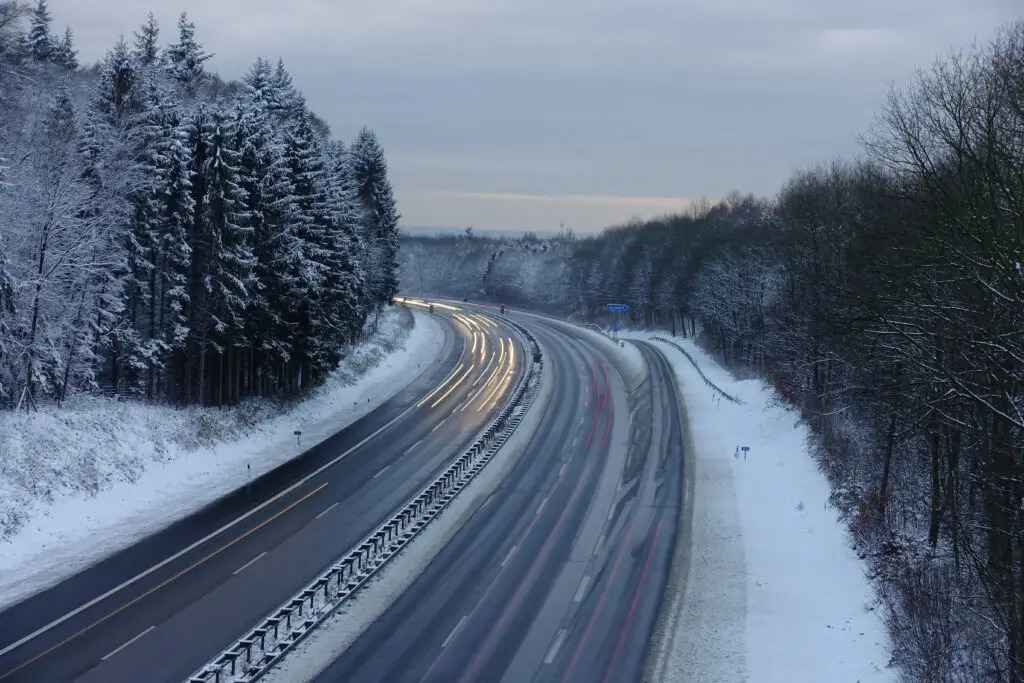Preparing your vehicles for winter is essential for commercial fleet managers, construction supervisors, and auto shop owners in the Southwest and Rockies. Although this region can be warmer than other parts of the U.S., high elevations, sudden weather shifts, and freezing nights mean winter prep is still a must. Here’s a comprehensive guide to help you keep your fleet ready for the season, reduce downtime, and maintain safety on the road.
Winter weather can be especially tough on batteries. Cold temperatures decrease a battery’s capacity and make it harder for the engine to start, which can lead to dead batteries and stalled operations. Inspect each vehicle’s battery, checking the age, charge levels, and any visible corrosion.
Add Cold Weather Fuel Additives
For diesel fleets, winter prep means using anti-gel fuel additives to prevent diesel from thickening or gelling up in the fuel lines and tank. These additives can improve flow and keep your engines running efficiently.

The type of oil you use can make a big difference in winter performance. Consider switching to a lower-viscosity oil, which flows more easily in cold temperatures, reducing wear and making cold starts easier on your engine.
Before winter hits, check all essential fluids, including antifreeze, windshield washer fluid, and brake fluid. Antifreeze keeps your engine from freezing and prevents overheating, so it’s crucial to have the right mixture for your local climate. For windshield wipers, use winter-specific washer fluid, which resists freezing on contact.
In regions with snow and ice, winter tires are essential for maintaining traction and control. Even all-terrain tires can struggle on icy roads, so make sure your tires are rated for winter if you operate in high-altitude or colder areas of the Rockies.
Winter conditions can stress your braking system. Ensure your brake pads are in good condition and that there’s no rust or damage to the rotors. In extreme cold, brake fluid can thicken, so check its levels and quality.
The cold can also affect shocks and struts, which play a major role in handling and safety. Make sure these components are inspected and in top shape to help maintain control and stability on uneven, slippery surfaces.


Visibility is crucial in winter, and that means keeping windshields clear. Invest in high-quality winter wipers designed to handle snow and ice. Replace worn-out wipers before the season and keep an ice scraper in each vehicle.
With shorter days, headlights become even more critical. Check that your headlights are bright and aimed properly, and consider using LED lights if you don’t already. Clean the lenses to remove any dirt or fogging.

Ensure your heater works efficiently, as it’s not only essential for driver comfort but also for preventing windshield fog. Inspect cabin filters, and ensure all heater vents are clean and unblocked.
Equip each vehicle with an emergency kit tailored for winter conditions. Essentials include:
Winter takes a toll on vehicles, so consider increasing the frequency of inspections and servicing. A proactive maintenance schedule can help spot issues early, keeping your fleet reliable and reducing the risk of breakdowns during cold spells.
Keep an eye on the forecast and plan your vehicle usage accordingly. In the Rockies, winter storms can arrive quickly, so it’s wise to adjust your operations based on road conditions and weather patterns.
Winterizing your fleet vehicles is one of the best ways to prevent downtime, improve safety, and protect your investments. Preparing for colder months means you’re ready for any challenges the winter might throw at you. Need additional winterization supplies or advice? Our team at Senergy Petroleum is here to support you with the right products and expertise for winter vehicle care in the Southwest and Rockies.

